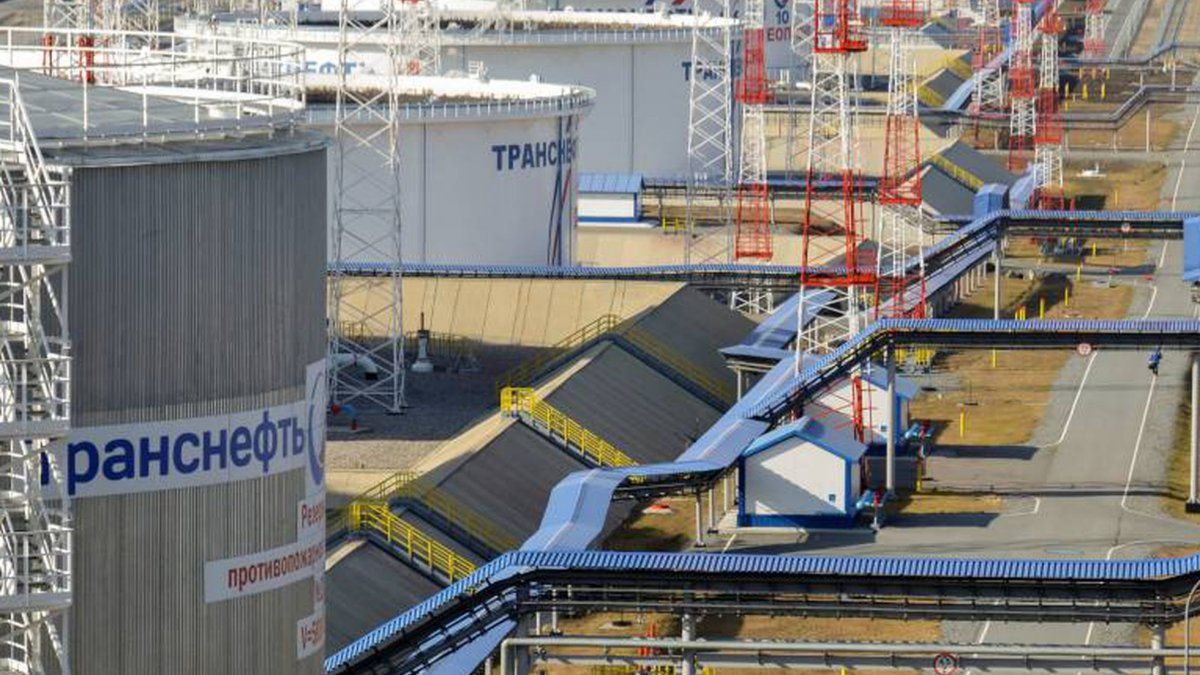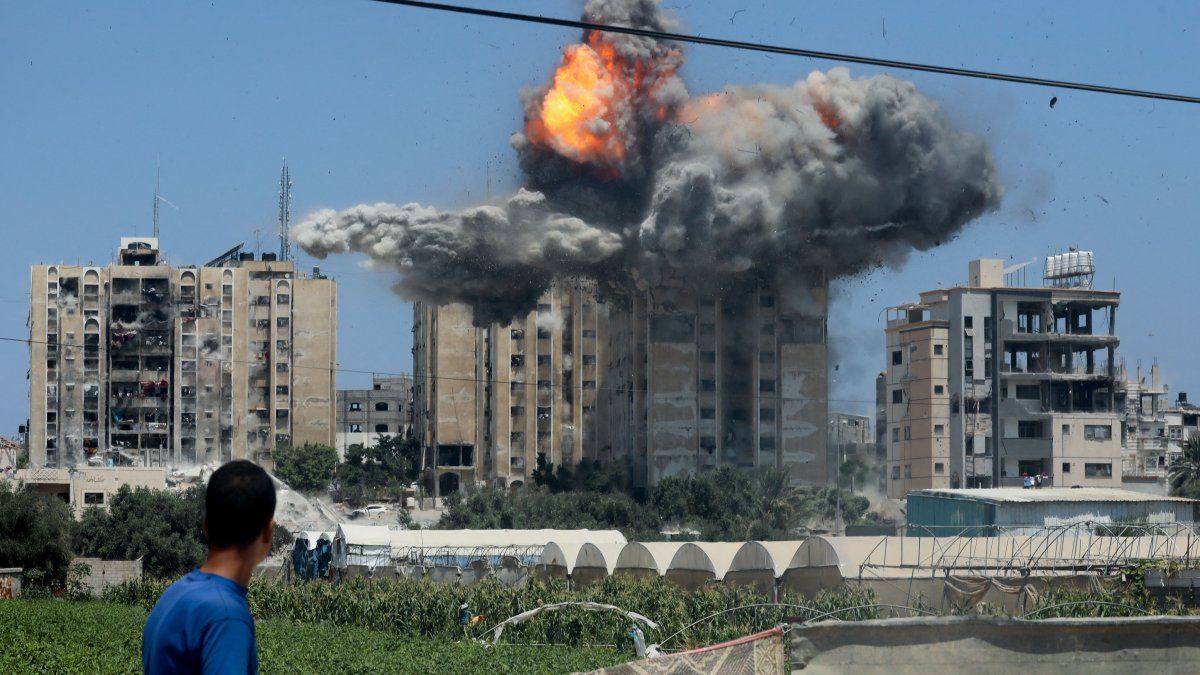“The price cap is specifically designed to reduce Russian income and Russia’s ability to finance its war of aggression, while limiting the impact of Russia’s war on global energy prices,” the G7 ministers said in a joint statement. They added: “The initial price cap will be set at a level based on a variety of inputs. technical and will be decided by the full coalition prior to implementation in each jurisdiction.
Since the irruption of the Russian invasion in Ukraine energy prices soaredalthough in the last three months showed a brake for the continuity of Russian exports. Brent crude fell US$120 a barrel since June and stood this Friday at US$93 a barrel after down 8% in the week. This price is similar to what the barrel had before the war began.
The impact of setting a maximum price will depend on how many large importers adhere to the measure, particularly those outside the G7, such as China and India. “It only works if it is organized globally,” the German chancellor said last month. Olaf Scholz adding: “It cannot be done unilaterally, but only in close cooperation with many others. Otherwise, it will simply come to nothing.”
The insurers however, they were concerned that breaching the ceilings could mean that they would have to compensate for the excess, according to the Financial Times.
For its part, this Thursday Russia threatened to stop selling its oil to countries that adopt this price mechanism and the Kremlin spokesman, Dmitry Peskovstressed this Friday that the measure would lead to a “significant destabilization of the oil markets,” according to Interfax.
Added to this is that on Friday the Russian state gas supplier Gazprom announced that it was indefinitely suspending the operation of Nord Stream 1 which supplies gas to Europe and in particular to Germany. The decision is made just before winter in the region. In parallel, OPEC is analyzing restricting oil production if prices continue to show volatility.
Source: Ambito
David William is a talented author who has made a name for himself in the world of writing. He is a professional author who writes on a wide range of topics, from general interest to opinion news. David is currently working as a writer at 24 hours worlds where he brings his unique perspective and in-depth research to his articles, making them both informative and engaging.




